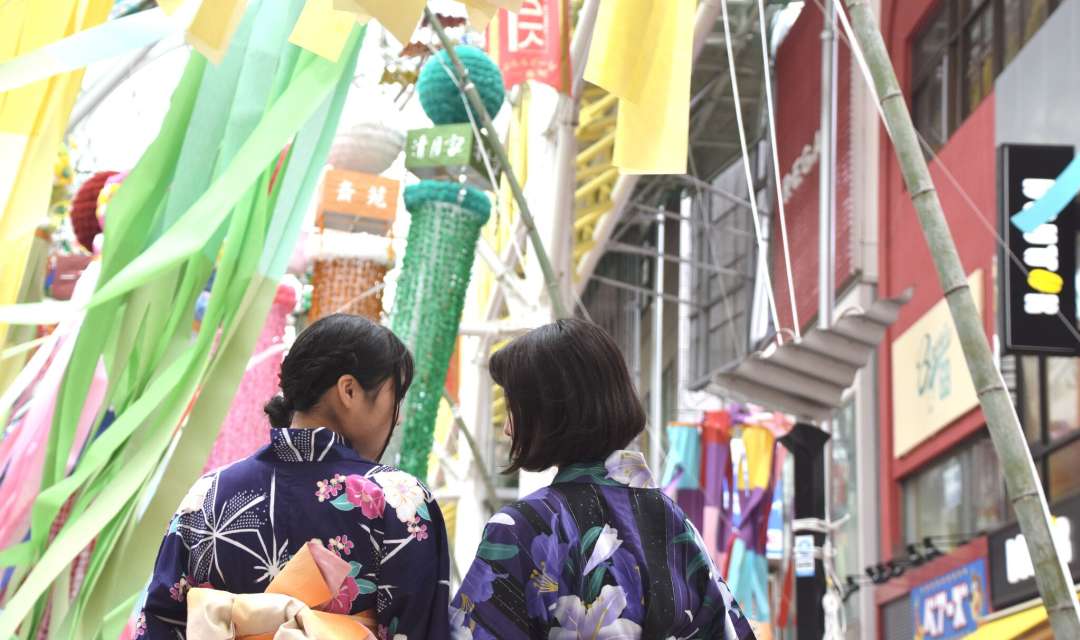In a country that is more famous for glowing neon landscapes, blinking arcades, and fluorescent-lit all-night convenience stores, is there anywhere left to see the stars?

Stargazing in Japan is easier than you think. Because of the mountainous topography of the country, you only have to travel a little way and even brightly lit Tokyo and Osaka quickly fade from the night sky. Japan does have some of the most light-polluted places in the world, but luckily it is always easy to find a sparsely populated valley or island that offers unobstructed views out into the Milky Way.

Every summer on July 7th, Tanabata, or the star festival, is celebrated all over Japan. According to legend, two lovers, Orihime and Hikoboshi, represented by the stars Vega and Altair in the constellations Lyra and Aquila, respectively, neglected their official heavenly duties after marrying. Furious, Orihime’s father (who happens to be the ruler of the heavens) separated them, allowing them the chance to meet only once per year. These two bright stars become visible in the northern hemisphere around midnight during summer. Tanabata is one of the five big annual festivals and is celebrated with food, drink, and origami decorations that are inscribed with wishes for the coming year. Sendai holds one of the biggest Tanabata festivals in the country.

Near Tokyo, the Nasu Highlands is a thousand meters up, in an onsen town with spectacularly clear skies. Minamikami in Gunma also offers clear skies above hot spring waters. It’s hard to beat a soak while looking at the expanse of the universe. The Izu Peninsula is another popular place to stargaze near Tokyo. Its furthest point, Cape Aiai, is the darkest (Izu is also great in the summer, with spectacular beaches to visit during the day). From Osaka and Kyoto, villages along Lake Biwa offer excellent visibility, as well as Hoshizoro Park in Ibara, Okayama.
The Japanese Ministry of Environment once recognized Achi in Nagano as having the best night sky visibility in Japan, and today remains popular for its night tours. Join a guided tour that includes a ride up the mountain on the cable car to 1,200 meters, led by a tour guide who will point out the visible constellations. After the night tour, relax in one of Achi’s hot springs.

Japan’s islands also offer dark skies, especially the remote islands in the Okinawan island chain. In 2018, Iriomote island in Iriomote-Ishigaki National Park was named as the first International Dark Sky Park in Japan—and only the second in Asia. This designation signifies that the sky is dark, and the municipality is committed to preventing encroaching light pollution. Iriomote has almost limitless views of the sky, buffeted by tropical beaches. In the day, its beautiful beaches and coral reefs beg to be explored.
Happy stargazing!
-
About the author
Brock has lived in both the Kansai and Tokyo areas for more than six years, so he has his fair share of sweaty summers under his belt. He’s become an expert in finding some quiet nature to dip into on the weekends, knowing that you have to balance all-you-can-drink karaoke with fresh air.





















































